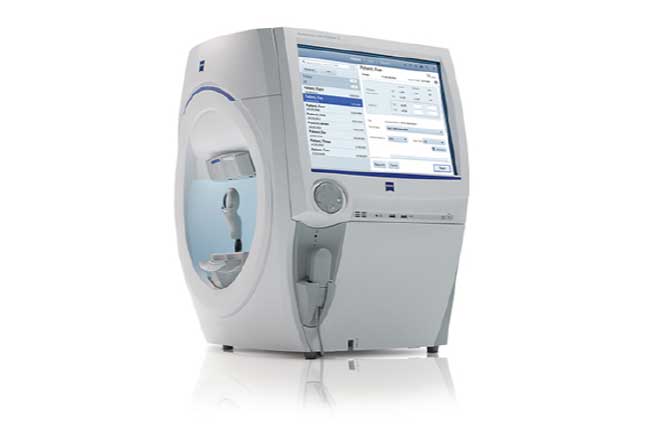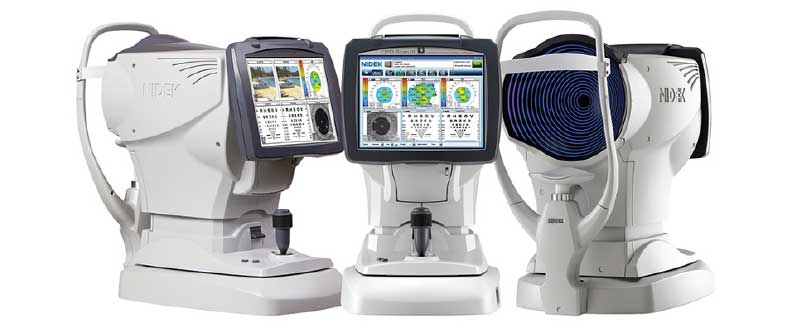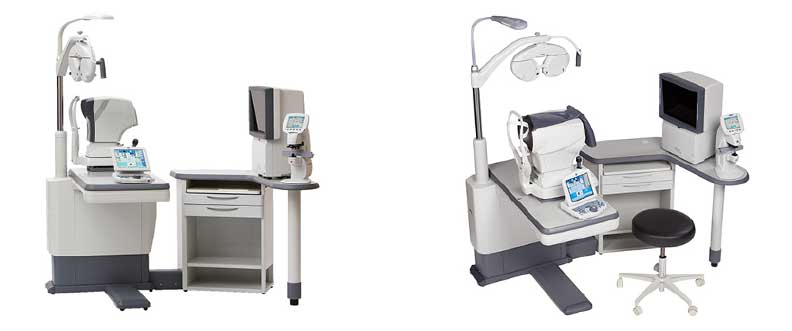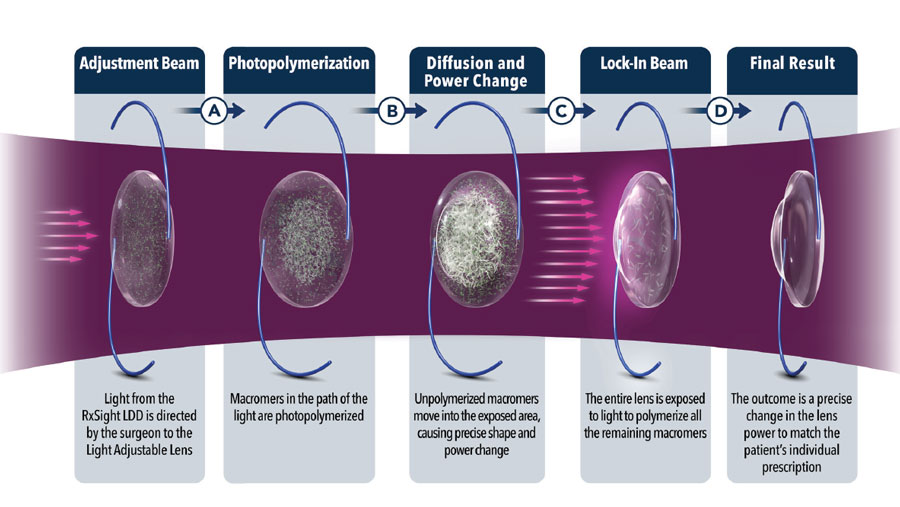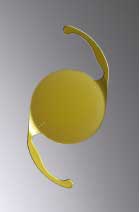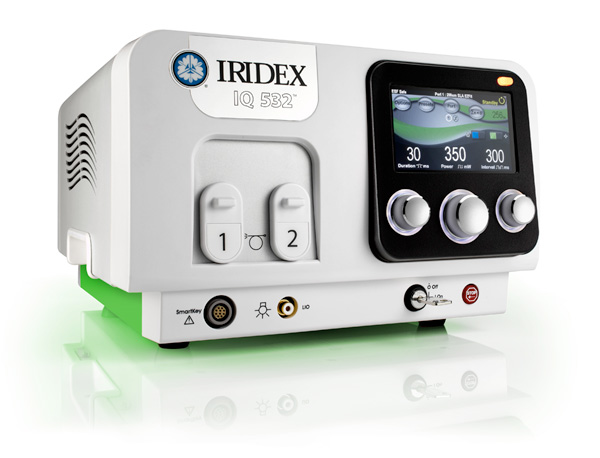Thanks to advances in technology, even surgeries that just a few years ago required hospitalization can now be handled safely and with greater comfort and convenience in a surgery center.
Doctors Ralph Del Negro, Carl Senft, and Marina Glatman lead the way in ophthalmology technology innovation, with Laser Vision Correction/PRK and Laser Cataract Surgery with advanced technology lens options. Our doctors perform cataract and glaucoma procedures and sophisticated corneal surgery at Seashore Surgical Institute in Brick.*
They focused on your needs when planning and equipping this accredited, full-service facility that makes it possible for them to deliver better results and increase the comfort and satisfaction of their patients. From registration to discharge, a streamlined administrative process makes your eye surgery a more convenient and less stressful experience. When appropriate, Drs. Del Negro, Senft, and Glatman also perform procedures at Amdur Ambulatory Care Center, a part of Hackensack Meridian Health Jersey Shore University Medical Center in Neptune, NJ.
*Drs. Del Negro and Senft have an ownership interest in Seashore Surgical Institute.





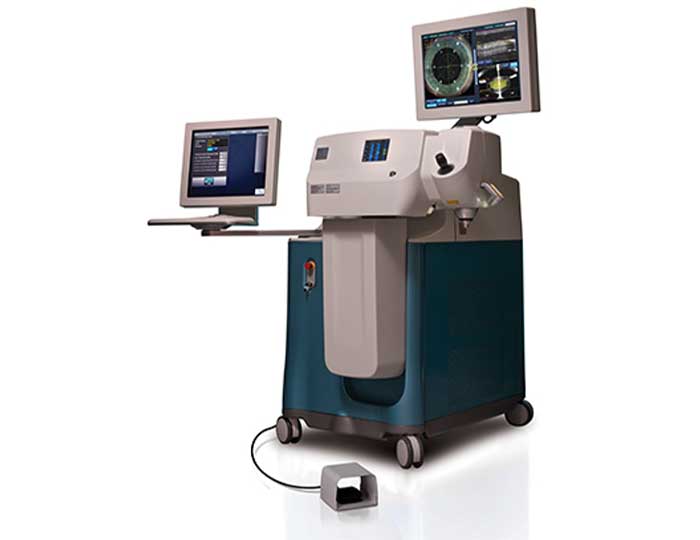

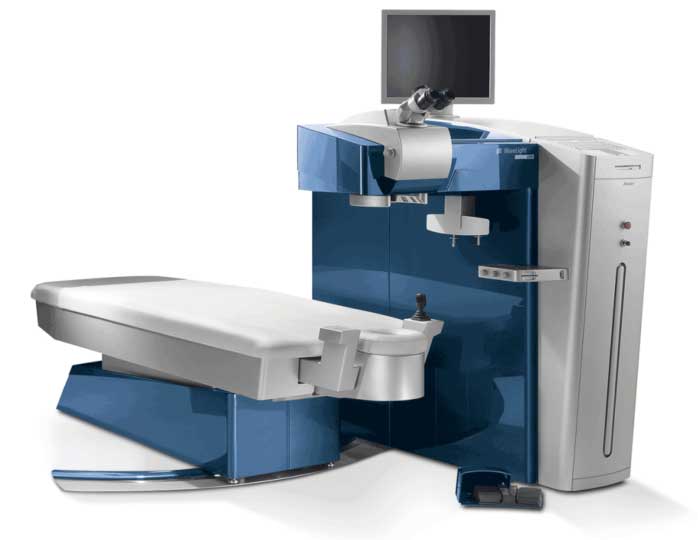
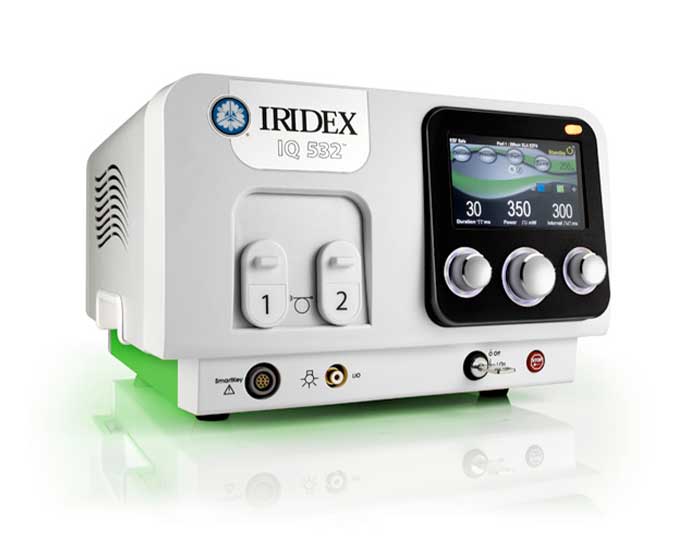


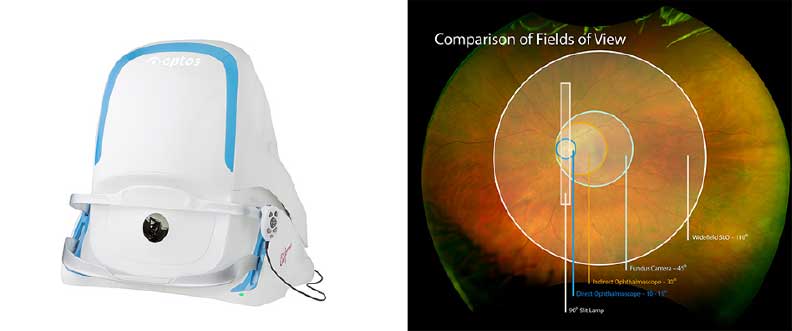
 Del Negro & Senft Eye Associates is making a difference in the community fight against sight-stealing eye diseases such as glaucoma and macular degeneration (AMD). It is well known that the key to preventing vision loss is early detection. With the new addition of this 3-D imaging technology, our doctors are now better able to detect and manage glaucoma and retinal disease such as macular degeneration and diabetic retinopathy.
Del Negro & Senft Eye Associates is making a difference in the community fight against sight-stealing eye diseases such as glaucoma and macular degeneration (AMD). It is well known that the key to preventing vision loss is early detection. With the new addition of this 3-D imaging technology, our doctors are now better able to detect and manage glaucoma and retinal disease such as macular degeneration and diabetic retinopathy.